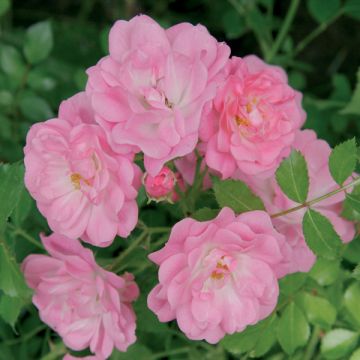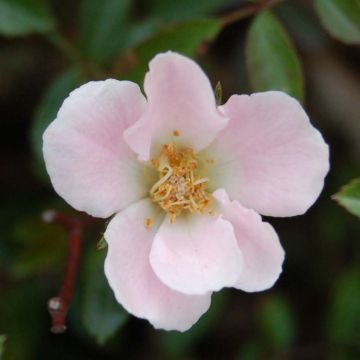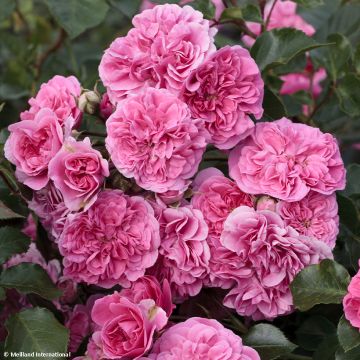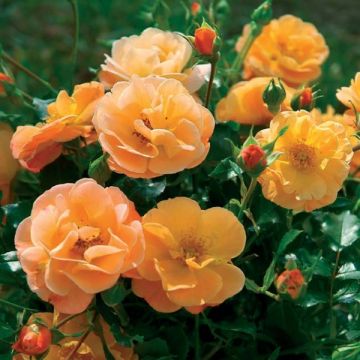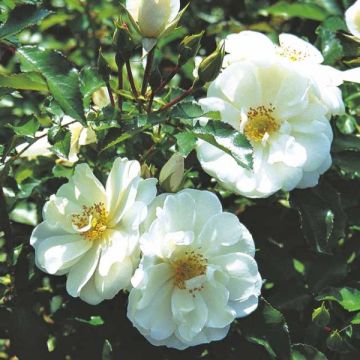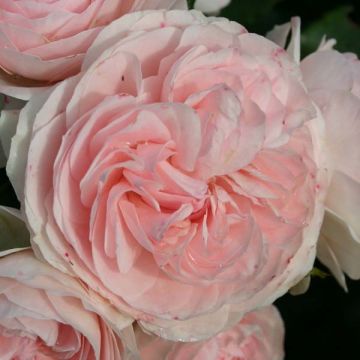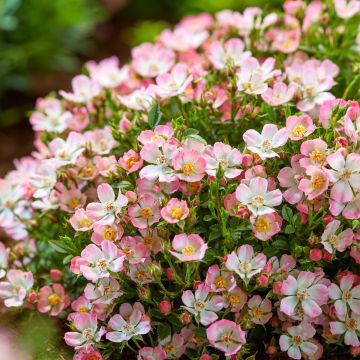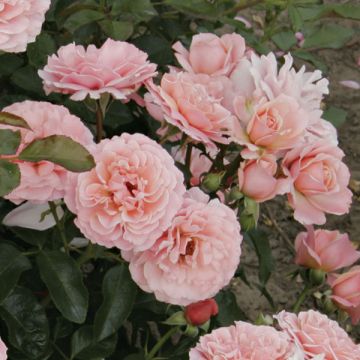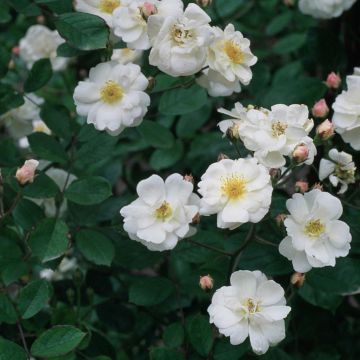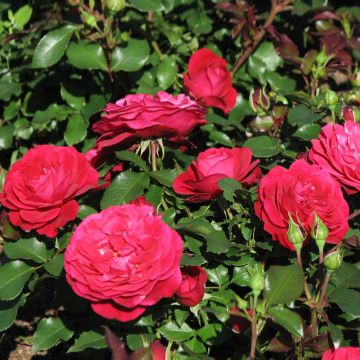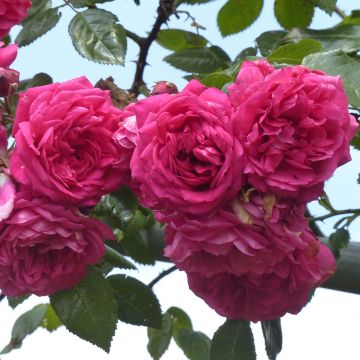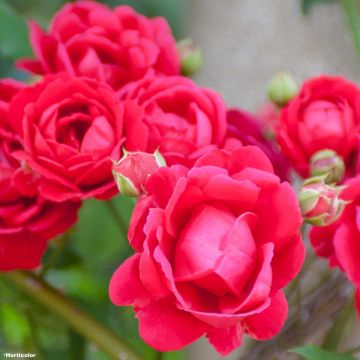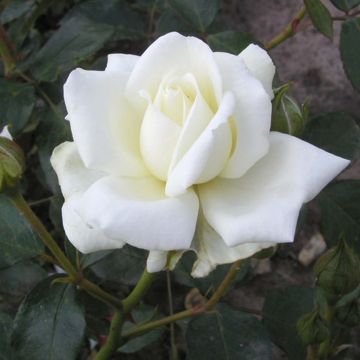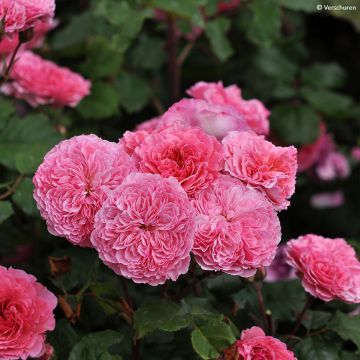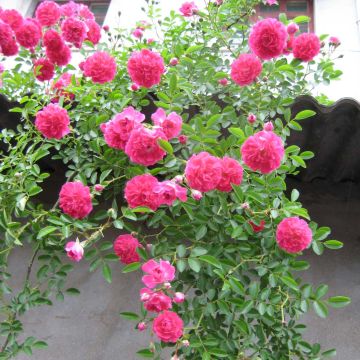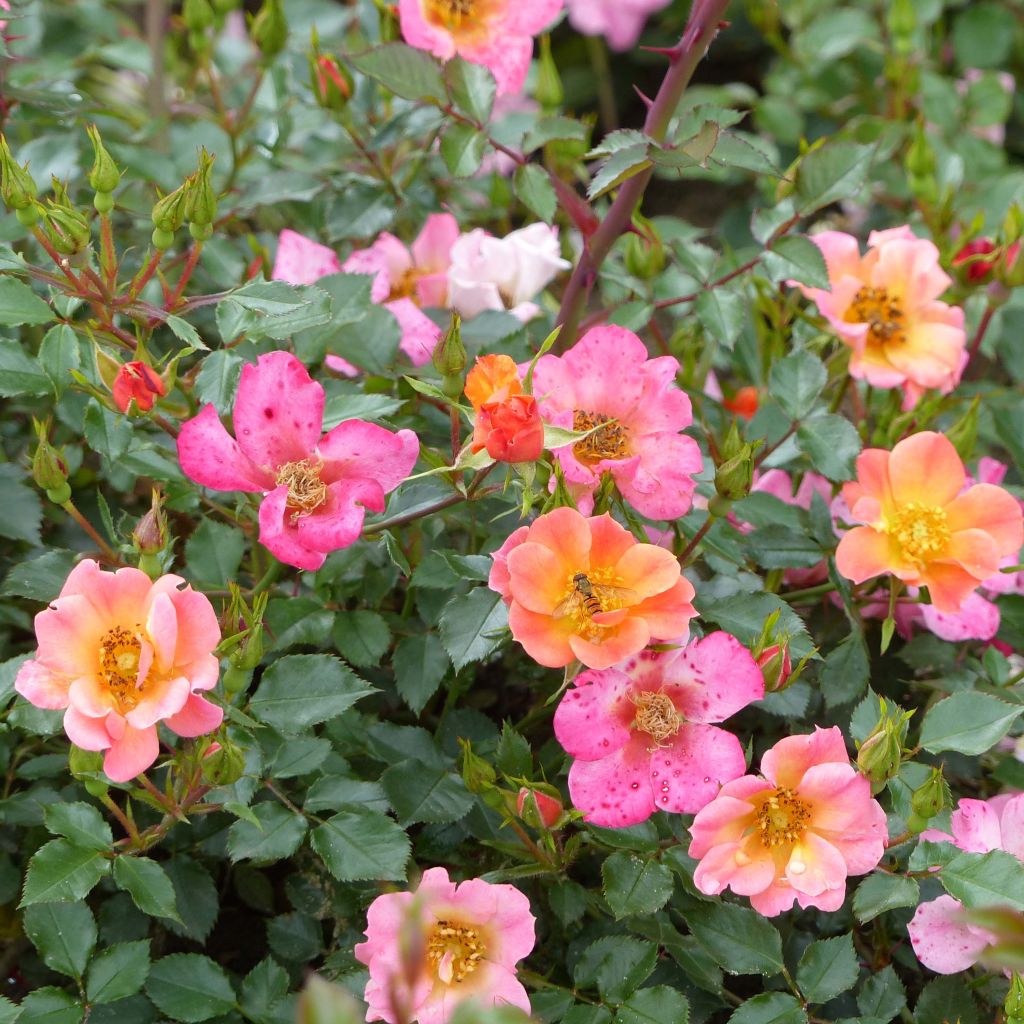

Rosa Happy Chappy - Ground Cover Rose
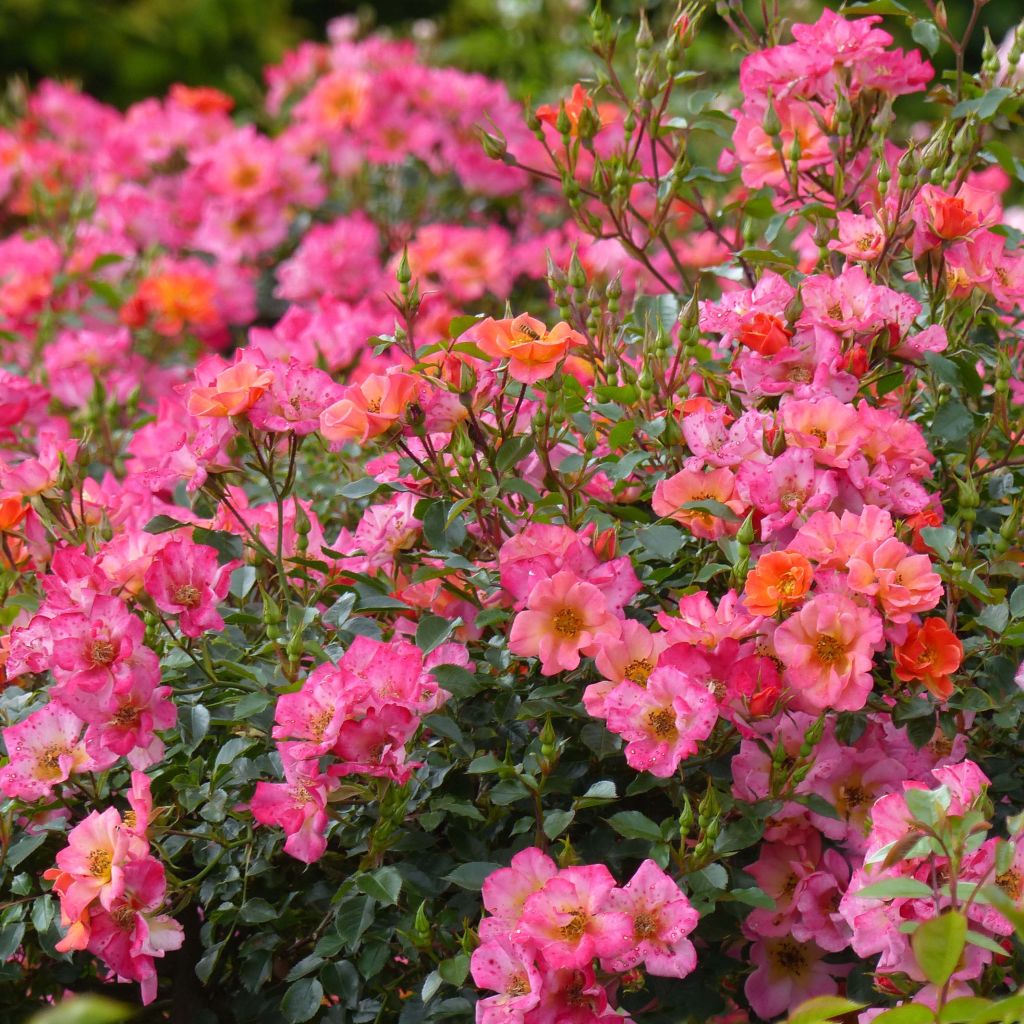

Rosa Happy Chappy - Ground Cover Rose
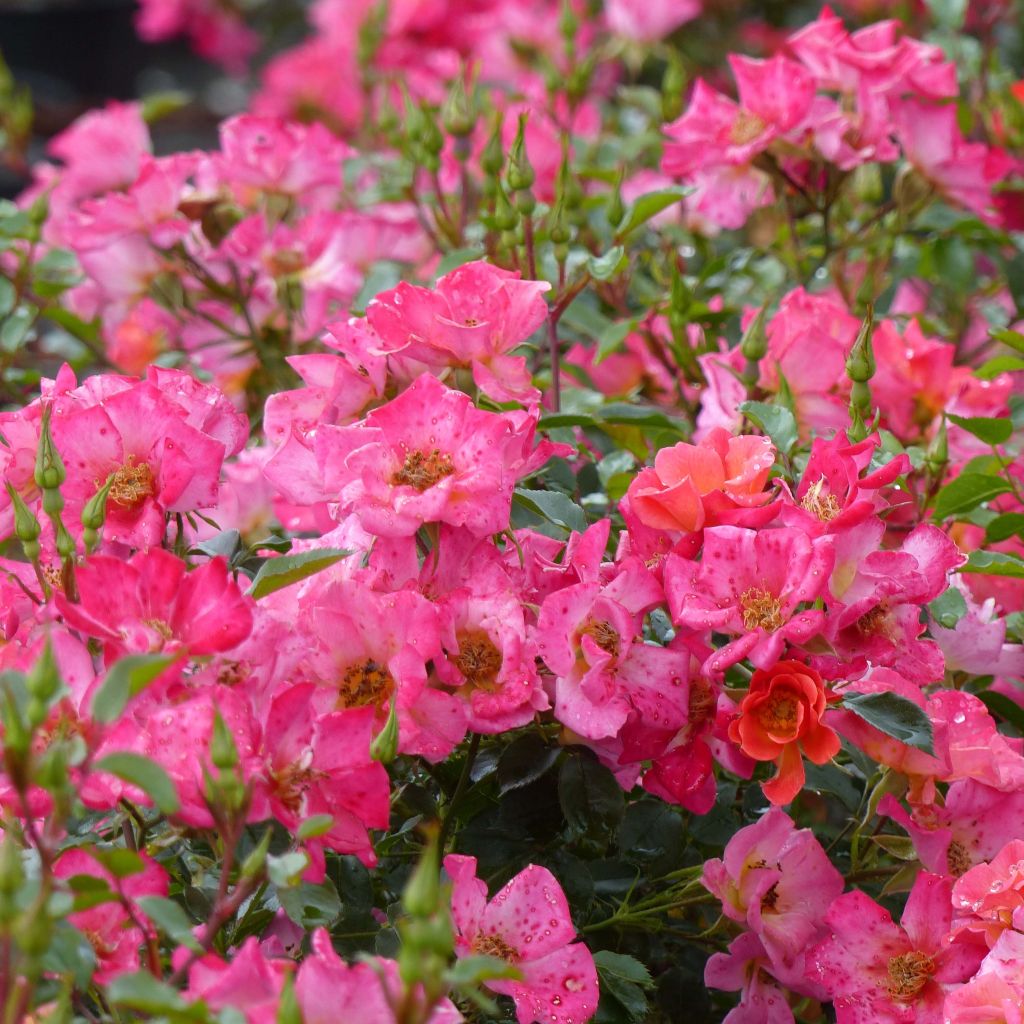

Rosa Happy Chappy - Ground Cover Rose
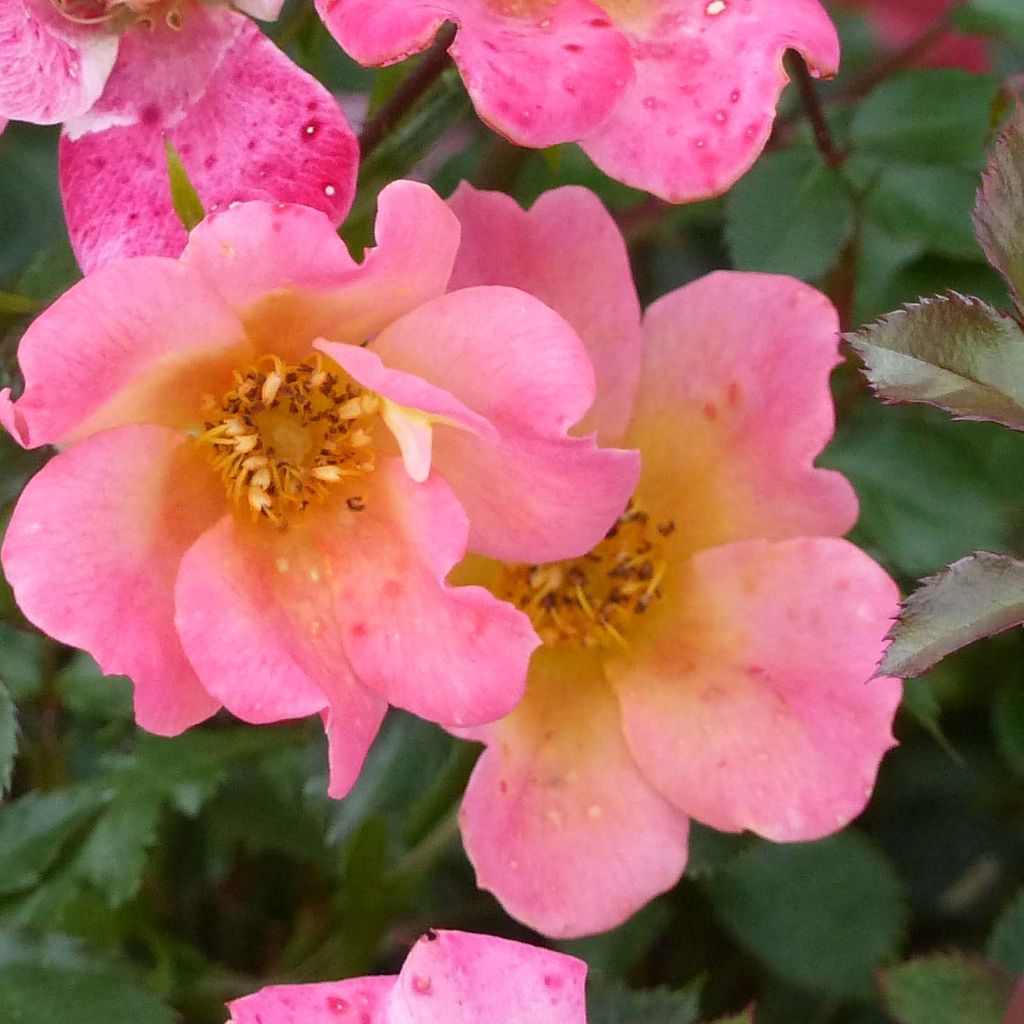

Rosa Happy Chappy - Ground Cover Rose
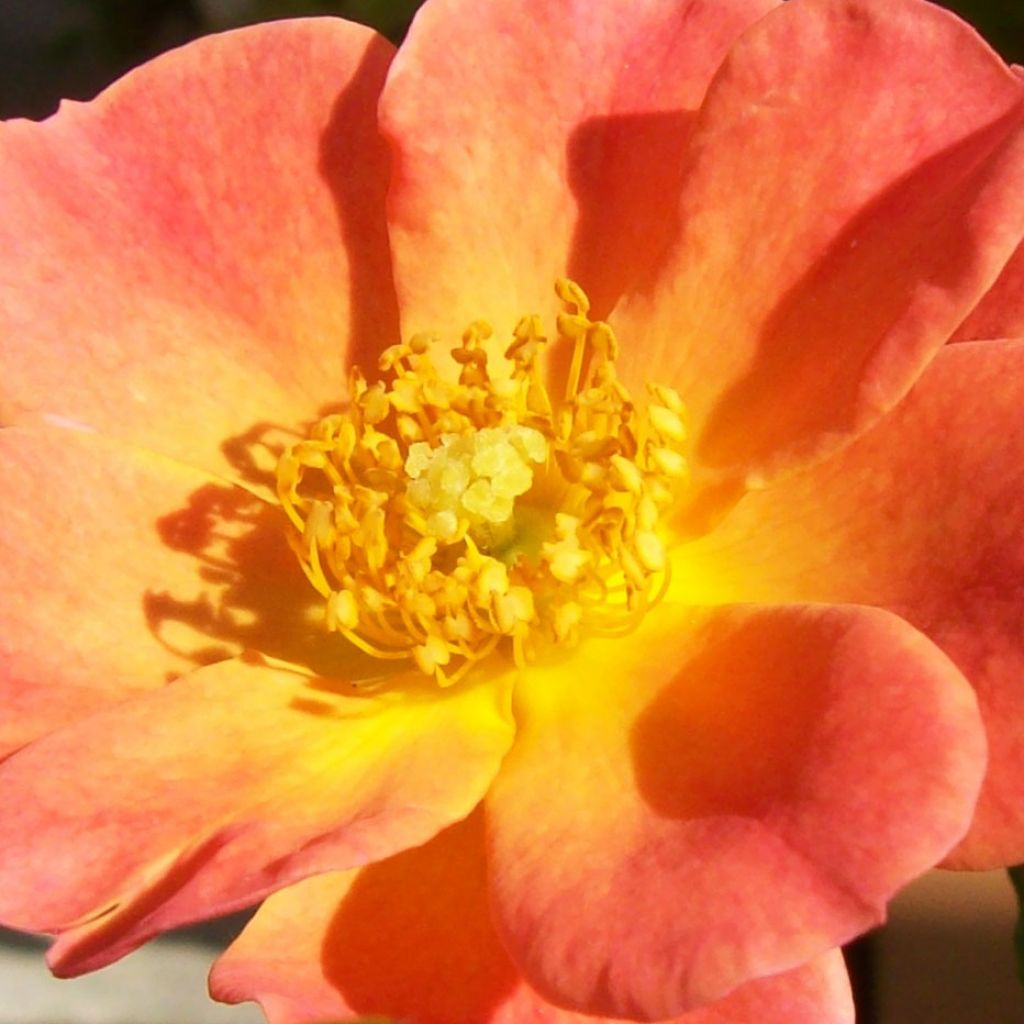

Rosa Happy Chappy - Ground Cover Rose
Rosa Happy Chappy - Ground Cover Rose
Rosa Happy Chappy ® Interhappy
This item cannot be shipped to the selected country
Delivery charge from €5.90
Delivery charge from €5.90
Delivery to Corse prohibited
More information
Schedule delivery date,
and select date in basket
This plant carries a 24 months recovery warranty
More information
We guarantee the quality of our plants for a full growing cycle, and will replace at our expense any plant that fails to recover under normal climatic and planting conditions.
From €5.90 for pickup delivery and €6.90 for home delivery
Express home delivery from €8.90.
From €5.90 for pickup delivery and €6.90 for home delivery
Express home delivery from €8.90.
Delivery to Corse prohibited: UE law prohibits the import of this plant from mainland France to Corse as part of the fight against Xylella fastidiosa. Please accept our sincere apologies.
More information
Does this plant fit my garden?
Set up your Plantfit profile →
Description
The 'Happy Chappy' or 'Interhappy' rose belongs to a family of landscape roses characterised by a low and spreading bushy habit. It forms a bushy shrub with a spreading habit, reaching about 60 cm (24in) in height but spreading over more than 1m². This variety bears simple flowers with five slightly undulated petals, measuring 4 to 5 cm (2in) in diameter, generally bicolour, in a mix of coppery pink and apricot orange. In warm weather, the orange shades dominate, while cooler temperatures favour the pink tones. They reveal a small yellow centre populated with numerous stamens. They are clustered in bouquets continuously repeating on the plant from June to October-November. Their scent is light, perhaps a little more intense in warm climates. The foliage, divided into small leaflets of very dark and glossy green, covers long thorny stems. This variety shows some disease resistance under good growing conditions, with fertilisation and regular watering.
Ground cover roses have many uses: lawn edges, flower beds, slopes, wall crowning or planters. They can be planted in any ordinary soil, in sunny or semi-shaded positions (3-4 hours of sunlight per day are sufficient). They offer long, exceptional flowering periods on elegant, lush, shiny green foliage. 'Happy Chappy', warm and multicoloured, will blend well with warm tones, yellows and oranges in daylilies, crocosmias, and coreopsis. Finally, it is very effective on a sunny balcony or terrace, planted in a large container.
Breeder: P. Ilsink (Netherlands), since 1999.
Report an error about the product description
Rosa Happy Chappy - Ground Cover Rose in pictures
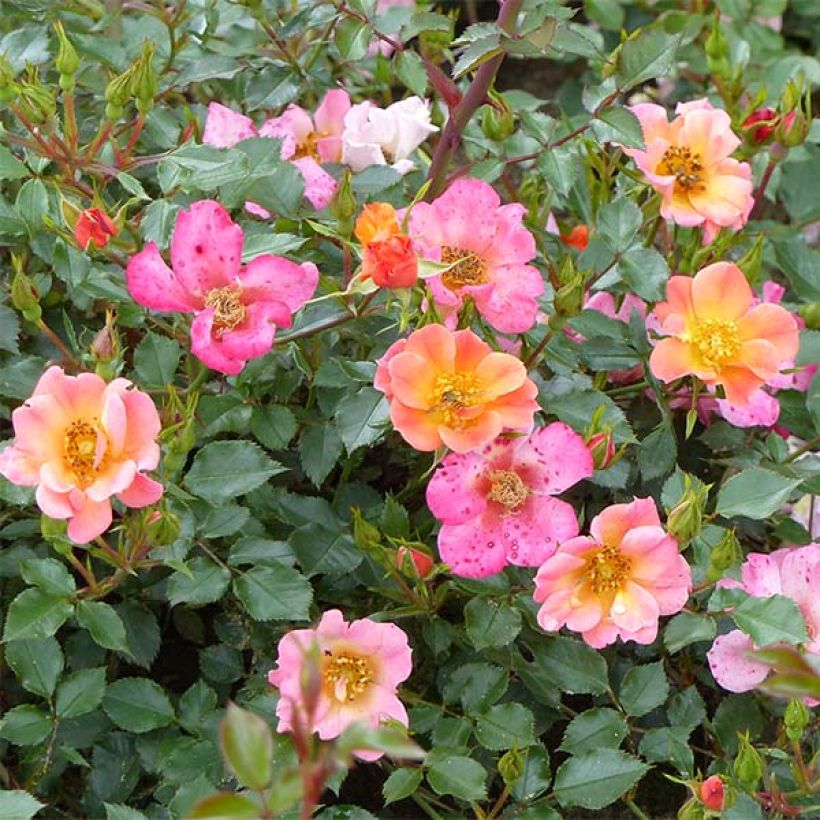

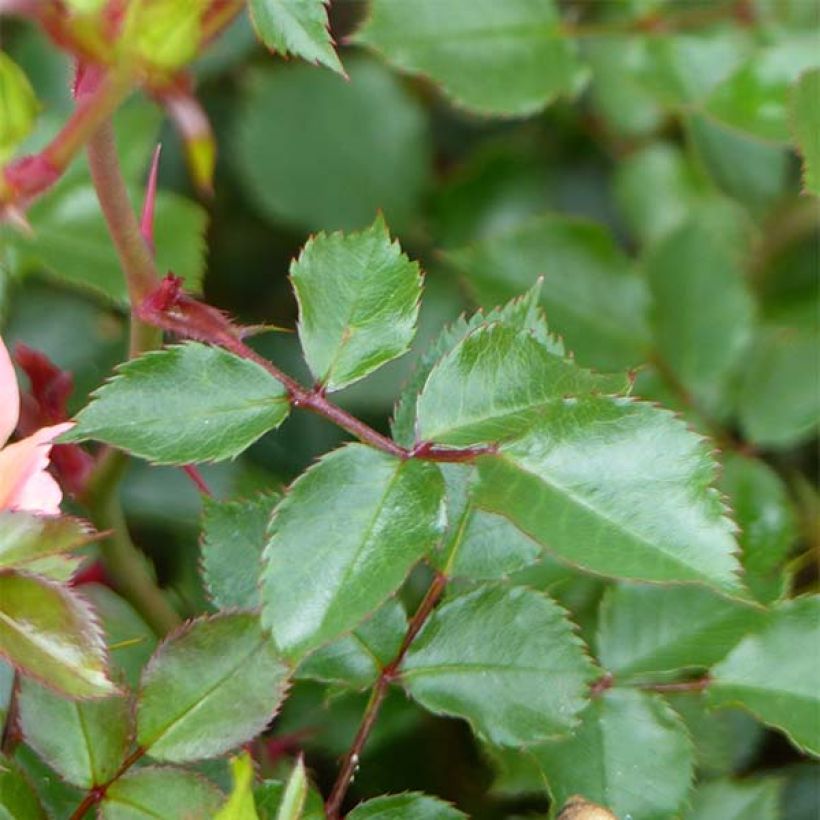

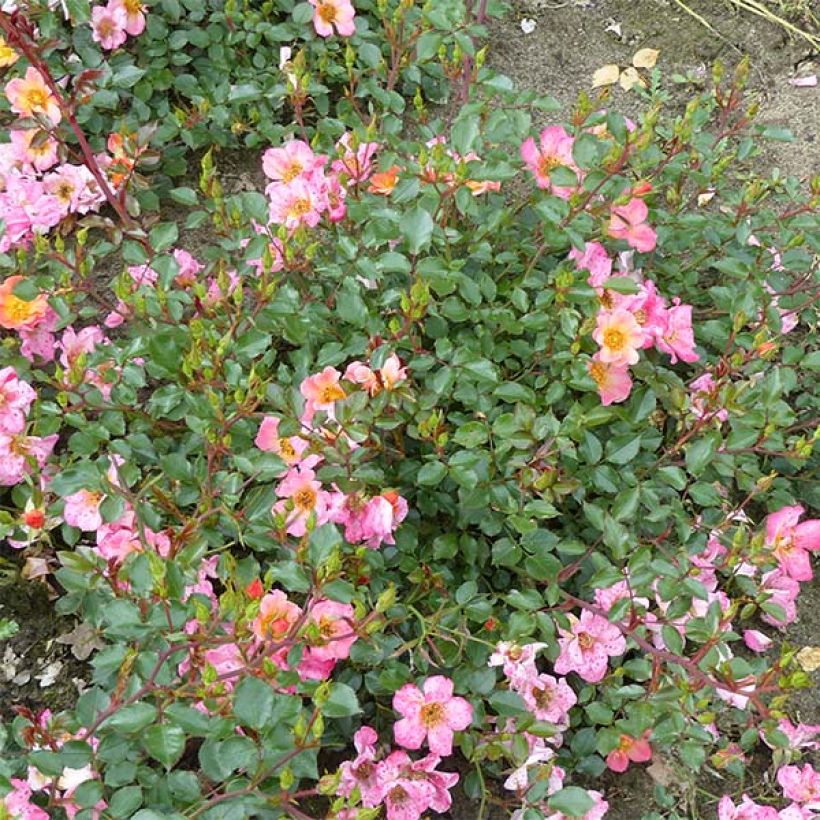

Plant habit
Flowering
Foliage
Botanical data
Rosa
Happy Chappy ® Interhappy
Rosaceae
Cultivar or hybrid
Rosa canina Laxa (2L/3L pot, Wrapped bare root)
Other Ground Cover and Dwarf Roses
Planting and care
To plant roses in peat pockets, first work on a 30 cm (12 in) x 30 cm (12 in) area by crumbing the soil and adding an amendment such as blood, fish and bone at the bottom of the planting hole. Create a mound of soil at the bottom of the hole.
Mix a bucket of thick mud with water and soil. Dip your plant in the mud to coat the roots and prevent air bubbles which is called pralinage. Position your plant in the planting hole, spread out the roots, and check the depth. The graft point should be just above the soil. Fill with soil and gently tamp down as you go.
Trim the branches to 15/20 cm (6/8 in) to stimulate growth. Create a basin at the base of the roses and water abundantly with a fine rain to eliminate air pockets and make the soil adhere to the roots.
In very cold regions, it may be useful to mulch with leaves or turf up to 20 cm (8 in) at the base of your plants.
Roses may develop unsightly spots at the end of summer, but this is a natural occurrence and doesn't harm the rose's growth.
Planting period
Intended location
Care
-
, onOrder confirmed
Reply from on Promesse de fleurs
Roses by purpose
Haven't found what you were looking for?
Hardiness is the lowest winter temperature a plant can endure without suffering serious damage or even dying. However, hardiness is affected by location (a sheltered area, such as a patio), protection (winter cover) and soil type (hardiness is improved by well-drained soil).

Photo Sharing Terms & Conditions
In order to encourage gardeners to interact and share their experiences, Promesse de fleurs offers various media enabling content to be uploaded onto its Site - in particular via the ‘Photo sharing’ module.
The User agrees to refrain from:
- Posting any content that is illegal, prejudicial, insulting, racist, inciteful to hatred, revisionist, contrary to public decency, that infringes on privacy or on the privacy rights of third parties, in particular the publicity rights of persons and goods, intellectual property rights, or the right to privacy.
- Submitting content on behalf of a third party;
- Impersonate the identity of a third party and/or publish any personal information about a third party;
In general, the User undertakes to refrain from any unethical behaviour.
All Content (in particular text, comments, files, images, photos, videos, creative works, etc.), which may be subject to property or intellectual property rights, image or other private rights, shall remain the property of the User, subject to the limited rights granted by the terms of the licence granted by Promesse de fleurs as stated below. Users are at liberty to publish or not to publish such Content on the Site, notably via the ‘Photo Sharing’ facility, and accept that this Content shall be made public and freely accessible, notably on the Internet.
Users further acknowledge, undertake to have ,and guarantee that they hold all necessary rights and permissions to publish such material on the Site, in particular with regard to the legislation in force pertaining to any privacy, property, intellectual property, image, or contractual rights, or rights of any other nature. By publishing such Content on the Site, Users acknowledge accepting full liability as publishers of the Content within the meaning of the law, and grant Promesse de fleurs, free of charge, an inclusive, worldwide licence for the said Content for the entire duration of its publication, including all reproduction, representation, up/downloading, displaying, performing, transmission, and storage rights.
Users also grant permission for their name to be linked to the Content and accept that this link may not always be made available.
By engaging in posting material, Users consent to their Content becoming automatically accessible on the Internet, in particular on other sites and/or blogs and/or web pages of the Promesse de fleurs site, including in particular social pages and the Promesse de fleurs catalogue.
Users may secure the removal of entrusted content free of charge by issuing a simple request via our contact form.
The flowering period indicated on our website applies to countries and regions located in USDA zone 8 (France, the United Kingdom, Ireland, the Netherlands, etc.)
It will vary according to where you live:
- In zones 9 to 10 (Italy, Spain, Greece, etc.), flowering will occur about 2 to 4 weeks earlier.
- In zones 6 to 7 (Germany, Poland, Slovenia, and lower mountainous regions), flowering will be delayed by 2 to 3 weeks.
- In zone 5 (Central Europe, Scandinavia), blooming will be delayed by 3 to 5 weeks.
In temperate climates, pruning of spring-flowering shrubs (forsythia, spireas, etc.) should be done just after flowering.
Pruning of summer-flowering shrubs (Indian Lilac, Perovskia, etc.) can be done in winter or spring.
In cold regions as well as with frost-sensitive plants, avoid pruning too early when severe frosts may still occur.
The planting period indicated on our website applies to countries and regions located in USDA zone 8 (France, United Kingdom, Ireland, Netherlands).
It will vary according to where you live:
- In Mediterranean zones (Marseille, Madrid, Milan, etc.), autumn and winter are the best planting periods.
- In continental zones (Strasbourg, Munich, Vienna, etc.), delay planting by 2 to 3 weeks in spring and bring it forward by 2 to 4 weeks in autumn.
- In mountainous regions (the Alps, Pyrenees, Carpathians, etc.), it is best to plant in late spring (May-June) or late summer (August-September).
The harvesting period indicated on our website applies to countries and regions in USDA zone 8 (France, England, Ireland, the Netherlands).
In colder areas (Scandinavia, Poland, Austria...) fruit and vegetable harvests are likely to be delayed by 3-4 weeks.
In warmer areas (Italy, Spain, Greece, etc.), harvesting will probably take place earlier, depending on weather conditions.
The sowing periods indicated on our website apply to countries and regions within USDA Zone 8 (France, UK, Ireland, Netherlands).
In colder areas (Scandinavia, Poland, Austria...), delay any outdoor sowing by 3-4 weeks, or sow under glass.
In warmer climes (Italy, Spain, Greece, etc.), bring outdoor sowing forward by a few weeks.

































